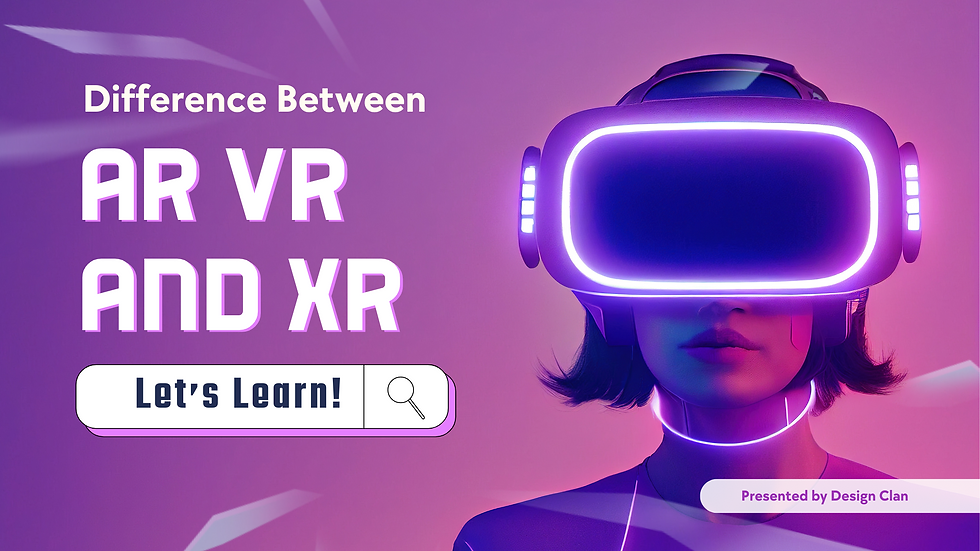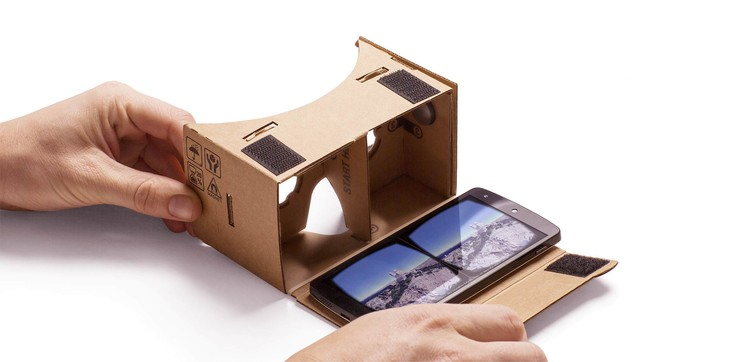In 2024, we are in a digital world surrounded by computers and smartphones and connected to social media and all. Virtual reality(VR) and augmented reality(AR) have changed how we look at computers, creating exciting interactive experiences.

Through Virtual reality, you will go into computers with the help of a headset. Augmented reality uses digital images to connect with the real world, using a smartphone.
You could see the view underwater with VR, but with AR you can see the fish swimming around it.
Virtual Reality
VR is an experience that will let you in a simulated environment rather than a real environment. VR will take a user to a virtual world free from the real world. It is a full environmental simulation. These virtual worlds are not natural, they are made better than life. VR users can relate to any cartoon figure.
VR takes you to the virtual world with a headset and a screen showing the virtual world. The headsets use head-tracking technology with which you can move your head and look around. The dis
Types of Virtual Reality
There are two types of VR are available.
VR Type 1: The first one has a screen built into its headset. These devices are operated in a computer and require a strong processor. They have the advantage of having good graphics but are very expensive.
VR Headset Examples:
Oculus Rift and PlayStation VR are some of its
Notes: One feature of these devices is their handheld controllers which track hand movements and give an interactive experience.
VR Type 2: The second type of headset takes the phone and takes the help of the screen to feature a display. You don’t need a computer for it, all you need is an app on your smartphone. These may not provide the same graphics as the ones with built-in screens but they are much cheaper than those.
VR Headset Examples:
Gear VR and Google Cardboard are some examples.
How Virtual Reality (VR) Works
VR introduces a new reality. With the help of VR, a user can connect with the digital world. There should be two lenses between the user and the screen. They function with the movement of the eyes and transform the movement to the VR. Large hardware is required to keep the user away from the real world.
Advantages of VR
You can learn deeply in an interactive environment.
Users can go to the virtual world.
VR provides advantages to the education sector.
Disadvantages of VR
An original interaction is not there in a virtual environment.
It is not possible to move one completely to the virtual world.
VR training is not as good as real training.
Industrial Scope of VR Technology
Military department. It is mainly required in flight emulators and battlefield emulations.
Sports, Athletes can give their best and work on their techniques with the use of digital devices.
Medicine, VR can be a cure for stress or anxiety. Doctors can teach surgical techniques as well.
Augmented Reality
AR allows users to experience a world by adding digital images. Some AR headsets are Microsoft HoloLens and Magic Leap. They are too expensive and are used by businesses.
You can use AR on smartphones and laptops without a headset. AR is used by various apps, some of which enable one to translate text using the camera.
AR is a combination of the digital world and real elements. It is best for mobiles and desktops. It provides digital components in the real world.
AR uses a camera to provide a live view. In AR, the virtual environment is related to the real environment, providing data about the real world, which a user can possess without any effort.
How does AR work?
AR shows various contents. It adds computer vision and mapping. Data are gathered through cameras and processed. It allows the presentation of digital content when required.
Examples of AR Technology:
Smart glasses are used in AR, which presents data through its software.
Advantages of AR
Increases the quality of the learning process, and allows individuals to learn better.
It provides an improved, wide variety of applications.
With this quality technology in hand, you will be accurate and efficient enough.
Knowledge can be spread to far distances.
Disadvantages of AR
It is a very costly technology.
Most devices do not perform well.
It does not offer user privacy.
If there is a problem in security, it can lead to a security breach.
Industrial Scope of AR Technology:
It is well suited to the printing and advertising industry.
The technology comes up with translation apps with which users can translate texts into another language.
AR, through logistics, expands the efficiency of employees and the business.
With AR, you can have better relations with customers and technicians.
Future and Scope of Augmented Reality (AR)
Designing AR is the best application today, designers can see what products will look like in the real environment and make existing products without even touching the products.
Maintaining AR helps technicians repair and maintain products, even industrial equipment or entire buildings. They are guided without using printed manuals giving visual instructions.
Education AR is giving immersive experiences to train employees, enabling them to understand new products. Schools are following AR as well.
Healthcare AR is used in surgical cures also. They help in operations and important statistics also.
Retail AR’s features range from virtual makeup to changing rooms, AR is providing retail shoppers with an augmented reality experience.
Technology With Splunk AR, companies can improve their response during power outages and earn visibility of their data.
Marketing AR is important in packaging and scale materials, and businesses can have good connections with customers.
Differences between AR and VR
In VR, the user wears a headset and headphones to connect the real world with the virtual world. VR focuses on keeping away from the real world and taking away the user from it. VR can be coded also. It is probably for everything, from a lightsaber battle to a realistic view of Earth. It also helps in designing products, training, and making games.
Augmented reality(AR) connects the simulated world with the real one. AR is all about smartphones and tablets, putting the phone’s camera as a point of interest and placing a live streaming video on the screen. The screen has information such as repair instructions and navigation information. AR can also be used in the entertainment world.
Examples of Virtual Reality (VR):
VR helps architects build home designs.
VR also helps to design automobiles.
VR helps to train firefighters and soldiers without any risks.
Examples of Augmented Reality (AR):
Ikea Place helps to imagine Ikea furniture in your home. It is a mobile app.
YouCam Makeup Through it, users can try cosmetics with a living selfie.
Helps Technicians Technicians can fix broken equipment using a headset make diagrams accordingly and put them in the right order.
Conclusion
In wrapping up, it's clear that Augmented Reality (AR) and Virtual Reality (VR) are revolutionizing how we perceive and interact with the digital world. AR enriches our real-world experiences by overlaying digital elements, while VR transports us to entirely virtual environments.
Understanding the distinction between these two technologies is essential for anyone looking to delve into the immersive world of AR and VR design. That's where Design Clan's UI/UX Design Course comes into play.
Enroll in our course to learn the fundamentals of UI/UX design and gain the skills needed to create captivating AR and VR experiences. From designing intuitive interfaces to crafting engaging user interactions, our courses provide the foundation for success in this exciting field.
Join us at Design Clan and embark on a journey to unleash your creativity and shape the future of AR and VR design. Enroll now and take the first step towards becoming a proficient UI/UX designer in the world of immersive technologies!






Comments